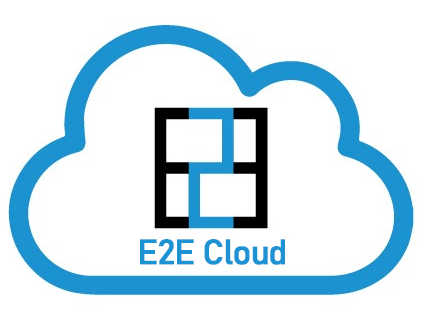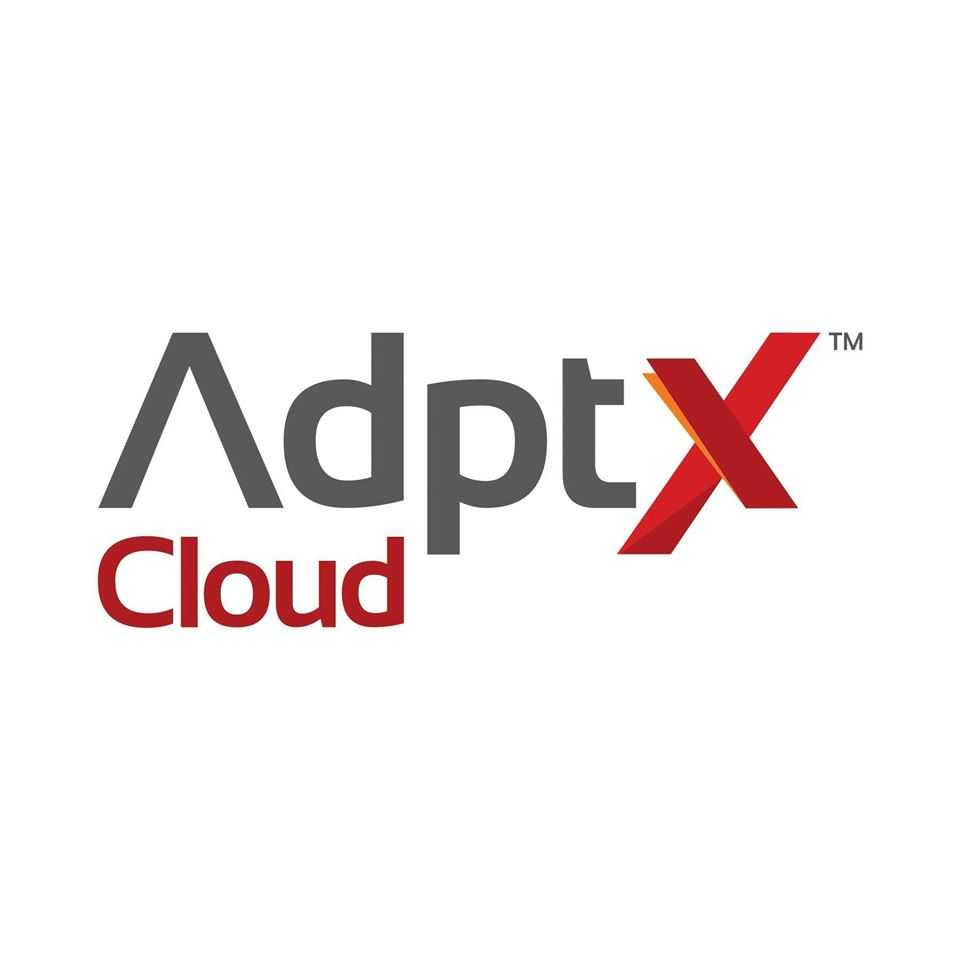Description

CoreWeave

RunPod
Comprehensive Overview: CoreWeave vs RunPod
As of my last update, here's a comprehensive overview of CoreWeave and RunPod, platforms that provide cloud computing resources with a focus on GPU infrastructure.
CoreWeave
a) Primary Functions and Target Markets:
-
Primary Functions: CoreWeave offers highly flexible, scalable GPU compute resources optimized for cloud-based workloads. It supports various industries, including media and entertainment, AI and machine learning, scientific computing, and blockchain. It provides Infrastructure as a Service (IaaS) and Platform as a Service (PaaS) solutions with customizable GPU instances.
-
Target Markets: CoreWeave primarily targets businesses and developers needing high-performance computing and accelerated graphics rendering. This includes industries with demanding requirements for computational power such as film production, financial modeling, AI training, and cryptocurrency mining.
b) Market Share and User Base: CoreWeave has positioned itself as a leading provider for GPU cloud compute, although it remains smaller compared to giants like Amazon Web Services or Google Cloud. Its user base is niche but growing, especially among companies needing affordable and efficient cloud GPU resources.
c) Key Differentiating Factors:
- Specialization in GPU resources: CoreWeave has a strong focus on providing a variety of GPU configurations to suit different workload needs, ensuring flexibility and scalability.
- Industry-focused solutions: It offers solutions tailored to specific industries, such as rendering for media and entertainment and AI model training.
- Cost-effectiveness: It often positions itself as a cost-effective alternative to larger cloud service providers.
RunPod
a) Primary Functions and Target Markets:
-
Primary Functions: RunPod offers a platform for accessing cloud-based GPU infrastructure for machine learning workloads. It facilitates distributed computing and allows for efficient management and deployment of AI and deep learning models.
-
Target Markets: RunPod targets data scientists, AI researchers, and machine learning engineers who need scalable and flexible compute resources for training and deploying models. It caters to both individual developers and organizations focused on AI/ML development.
b) Market Share and User Base: RunPod is a relatively smaller player in the GPU cloud computing market but has carved a niche thanks to its focus on machine learning and AI. It attracts a user base that requires dedicated infrastructure for experimentation and production deployment of AI models.
c) Key Differentiating Factors:
- Focus on AI/ML workloads: RunPod's infrastructure is designed to optimize machine learning and AI workflows, with features tailored for these applications.
- Ease of use: It offers a user-friendly platform with tools that facilitate machine learning operations, making it accessible even to those who may not be IT infrastructure experts.
- Community and collaboration: RunPod provides features that encourage collaboration among teams and researchers, which can be a significant advantage in research and development environments.
Comparative Analysis
-
Overall Market Share: Both CoreWeave and RunPod are smaller players compared to global leaders like AWS, Google Cloud, and Microsoft Azure. However, they both target specific market niches, offering specialized services that can be more attractive to certain sectors.
-
User Base Demographics: CoreWeave typically attracts industries with high-performance computing needs beyond AI/ML, while RunPod primarily serves the machine learning community.
-
Differentiation: CoreWeave stands out for its extensive focus on diverse GPU solutions and industry-specific cloud services. RunPod differentiates itself with a strong emphasis on the AI/ML sector, providing tools and features that enhance collaboration and deployment for AI projects.
In summary, both CoreWeave and RunPod serve distinctive needs within the cloud computing industry, with CoreWeave focusing on a broader range of GPU-intensive applications and RunPod catering specifically to the AI and machine learning niche.
Contact Info

Year founded :
2017
+1 917-373-3740
Not Available
United States
http://www.linkedin.com/company/coreweave

Year founded :
2022
+1(673) 926-3265
Not Available
United States
http://www.linkedin.com/company/runpod-io
Feature Similarity Breakdown: CoreWeave, RunPod
As of the latest information available, CoreWeave and RunPod are both cloud-based platforms primarily focused on providing GPU computing resources. Here’s a breakdown of their features, user interfaces, and unique offerings:
a) Core Features in Common
-
GPU Access: Both CoreWeave and RunPod provide access to high-performance GPUs for tasks that require significant computational power, such as machine learning, data analysis, and rendering.
-
Scalability: These platforms are designed to easily scale up or down based on user requirements, allowing users to handle varying workloads efficiently.
-
Pay-as-you-go Pricing: They offer flexible pricing models, typically on a pay-as-you-go basis, which allows users to pay for only the resources they use.
-
Easy Deployment: Both platforms offer streamlined processes for deploying applications and workloads, often through containers or virtual machines.
-
API Access: Accessibility via APIs to manage and automate tasks programmatically is typically supported.
-
Security: They focus on providing secure environments for computations, though specifics may differ.
b) User Interfaces Comparison
-
User Interface Design: While specific UI designs can vary, both platforms generally offer user-friendly web-based dashboards that simplify the management of jobs and resources. They typically feature intuitive controls, easy navigation, and visualizations for monitoring resource usage.
-
Ease of Use: Both platforms aim for accessibility with minimal learning curves. However, the specific ease of use may depend on the user's specific needs and their previous experience with such platforms.
-
Customization and Control: Both offer graphical interfaces that provide users with the ability to configure their environments and resources, although the complexity and depth of customization may differ.
c) Unique Features
-
CoreWeave:
- Specialized Workloads: CoreWeave often focuses on specialized workloads such as rendering in multimedia production, which could include tailored optimizations and partnerships with software providers in those industries.
- Enterprise Focus: May offer more enterprise-focused solutions and integrations with popular industry tools and workflows.
-
RunPod:
- Marketplace Capability: RunPod often features a marketplace aspect where users can host their own environments and make them publicly available for others to use, encouraging community collaboration.
- Collaboration Tools: RunPod might offer more in the way of integrated collaboration tools or sharing capabilities that are especially valuable in educational or research settings.
While both CoreWeave and RunPod share a focus on providing flexible, scalable GPU computing resources, each platform has its unique strengths and features tailored to different user needs and industries. Users should evaluate their specific requirements and workloads to determine which platform offers the best features and integrations for their needs.
Features

High-Performance Computing
Flexible Cloud Solutions
User-Friendly Interface
Security and Compliance

Efficient Resource Management
User-Friendly Interface
Flexible Pricing
Robust Security
Best Fit Use Cases: CoreWeave, RunPod
CoreWeave and RunPod are both cloud-based platforms that offer specialized services, particularly in the realm of high-performance computing (HPC), AI, and machine learning (ML) workloads. Each has its strengths and caters to slightly different needs and audiences. Here's a breakdown of their best-fit use cases:
CoreWeave
a) For what types of businesses or projects is CoreWeave the best choice?
-
Media and Entertainment:
- CoreWeave is highly suited for businesses in media and entertainment that require rendering services for CGI, visual effects, and animation. Its scalable GPU infrastructure can handle demanding workloads efficiently.
-
Machine Learning and AI:
- Companies running intensive ML and AI models can benefit from CoreWeave's on-demand access to a vast array of GPU resources. This makes it ideal for training deep learning models that require substantial computational power.
-
Finance and Quantitative Analysis:
- Quantitative trading firms and financial services that perform complex simulations and risk modeling can utilize CoreWeave's high-performance computing capabilities.
-
Healthcare and Life Sciences:
- The platform is suitable for genomics research and bioinformatics projects, which require large-scale computational resources for data analysis and simulations.
Industry Verticals and Company Sizes:
- CoreWeave caters to medium to large enterprises that demand high scalability and performance. Industries like entertainment, finance, and healthcare, where computational intensity is high, find CoreWeave particularly beneficial.
RunPod
b) In what scenarios would RunPod be the preferred option?
-
Startups and Small Businesses:
- RunPod is an economical choice for startups and small businesses that need access to GPU infrastructure without the high upfront costs of dedicated hardware.
-
Developers and Researchers:
- Individual developers and research labs that require GPU resources for personal projects, prototyping, or academic research can leverage RunPod's flexible and cost-effective solutions.
-
AI and ML Experimentation:
- For iterative development and experimentation in AI and ML, RunPod provides a convenient platform where users can quickly spin up instances tailored to their current needs.
-
Education and Training:
- Educational institutions offering courses in data science, AI, and ML can utilize RunPod to provide students with access to necessary computational resources for hands-on learning.
Industry Verticals and Company Sizes:
- RunPod is versatile enough to cater to a broad range of industries but is particularly attractive to smaller companies, educational institutions, and individual practitioners who prioritize cost-effectiveness and flexibility over massive scale.
Summary:
- CoreWeave is best suited for established medium to large enterprises in industries with high computational demands, such as media and entertainment, finance, and healthcare.
- RunPod is optimal for startups, small to medium-sized businesses, and educational entities that need flexible, cost-effective access to GPU resources.
Both platforms offer scalable solutions, but their appeal varies based on the scale, specific industry requirements, and budget constraints of the businesses.
Pricing

Pricing Not Available

Pricing Not Available
Metrics History
Metrics History
Comparing teamSize across companies
Conclusion & Final Verdict: CoreWeave vs RunPod
To provide a comprehensive conclusion and final verdict on CoreWeave and RunPod, let's analyze both platforms in terms of overall value, pros and cons, and specific recommendations for prospective users.
a) Best Overall Value
CoreWeave is typically recognized for its robust infrastructure and support for GPU-intensive workloads, especially beneficial for industries that require high-performance computing like AI, machine learning, and rendering. It thrives in scenarios where scalability, reliability, and cutting-edge hardware are crucial.
RunPod, on the other hand, offers a more flexible and user-friendly approach with competitive pricing, targeting developers and small to medium enterprises that need access to GPU resources without the intricate management overhead. Its cost-effectiveness and ease of use might appeal more to developers seeking straightforward deployment and management solutions.
Verdict: The best overall value depends on the user's specific requirements. For enterprises and users requiring substantial compute power and enterprise-grade infrastructure, CoreWeave might present better value. For individual developers or smaller teams looking for cost-effective and easy-to-deploy solutions, RunPod could be more advantageous.
b) Pros and Cons
CoreWeave:
- Pros:
- Enterprise-level GPU infrastructure with high scalability.
- Supports advanced computing needs, ideal for intensive AI and rendering tasks.
- Strong performance with a focus on reliability and uptime.
- Cons:
- Potentially higher costs, especially for smaller-scale projects.
- Complexity in setup and management might require experienced personnel.
RunPod:
- Pros:
- Cost-effective solutions with flexible pricing and billing.
- User-friendly with simplified deployment processes.
- Strong community support and an easy-to-navigate interface.
- Cons:
- Might lack the high-end enterprise features some larger companies need.
- Performance can be limited compared to more specialized, high-demand infrastructure solutions.
c) Recommendations
-
For users prioritizing high-performance computing and the need to tackle GPU-heavy workloads, CoreWeave is likely the better choice. Organizations with significant resource needs and who can manage complex environments will find value in its robust infrastructure.
-
For developers or teams looking for more straightforward, cost-effective solutions with less technical management overhead, RunPod offers a compelling alternative. It's suitable for projects that require flexibility, straightforward deployment, and moderate compute capabilities.
-
Hybrid Approach: Evaluate the feasibility of a hybrid approach where CoreWeave is used for critical, GPU-intensive tasks, and RunPod for development, testing, or less resource-intensive operations, providing a balanced solution.
Ultimately, the choice between CoreWeave and RunPod should be guided by the specific performance needs, budget constraints, and technical expertise available within the organization. Conducting a thorough needs assessment and potentially trialing both platforms will help in making an informed decision.
Add to compare
Add similar companies



